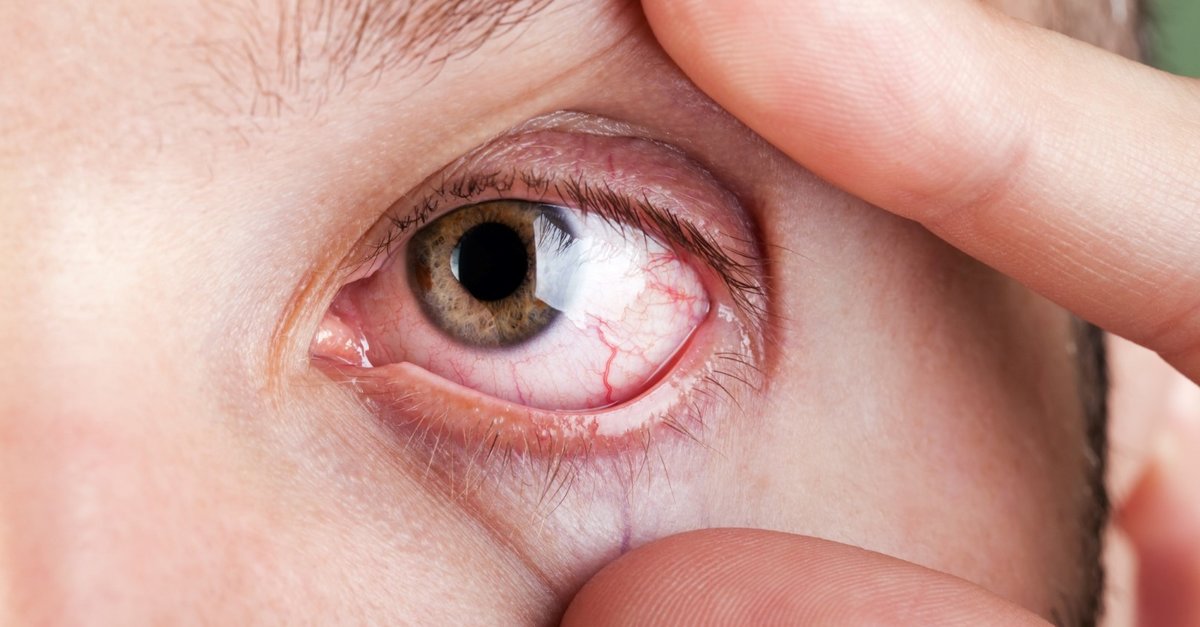Welcome to Us
-
Sing Up
-
Login
What is Dry Eye?



Due to the presence of many electronic devices nowadays, numerous diseases have emerged. what is Dry eye is an eye condition that occurs when the surface of the eye is not adequately moist. Normally, it is covered with a layer of fluid that keeps it moist and provides protection. However, in some cases, the production of tears may decrease or their quality may be compromised, resulting in a loss of surface wetness. If we answer the question of what dry eye is, we can simply say that it is a lack of moisture.
There can be several causes for this problem. These include aging, hormonal changes, fatigue, prolonged computer use, environmental factors such as air conditioning or wind, cigarette smoke, certain medications, contact lens use, infections, and certain medical conditions. Additionally, it can manifest as a symptom of certain autoimmune diseases.
How does dry eye disease go away?
What are the Symptoms of Dry Eye?
Dryness: This is the most common symptom. A burning, stinging, or discomfort sensation may occur. This is due to the feeling of dryness when the surface is not moist.
Watering: Frequent watering can also occur. It may overwater due to an imbalance in tear production.
Redness: Redness, irritation, or bloodshot may appear. Inflammation can occur due to the discomfort on the surface.
Burning or Stinging: The feeling of burning or stinging is a common symptom. It can be irritated because it does not get moistened adequately.
Blurred Vision: Blurred vision can occur. Image clarity can be affected due to the improper moistening.
Sensitivity: Generally, it could be more sensitive to light or wind. Discomfort can increase when exposed to light or wind.
Feeling of Fatigue: There could be a feeling of extreme fatigue or heaviness. Such a feeling may arise due to the constant need for moisturizing.
Sensitivity or Pain in the Eyelids: Along with this, a sensitivity or mild pain sensation can occur. Discomfort can occur when it fails to perform its protection and moisturizing functions.
These complications serve as the answer to the question of what dry eye is.


